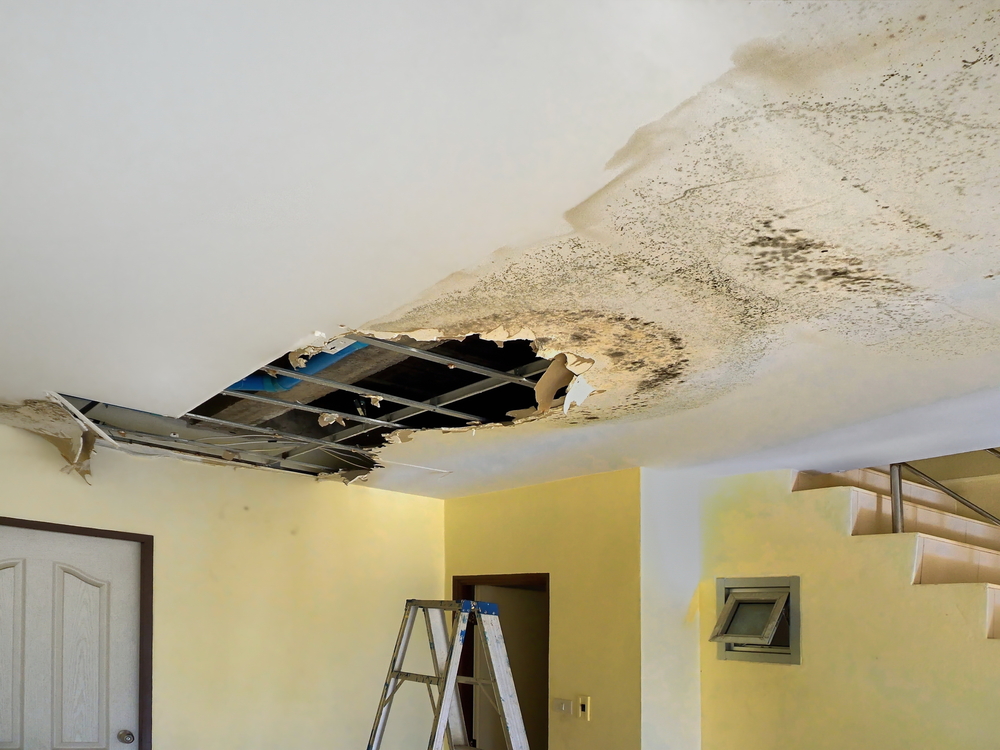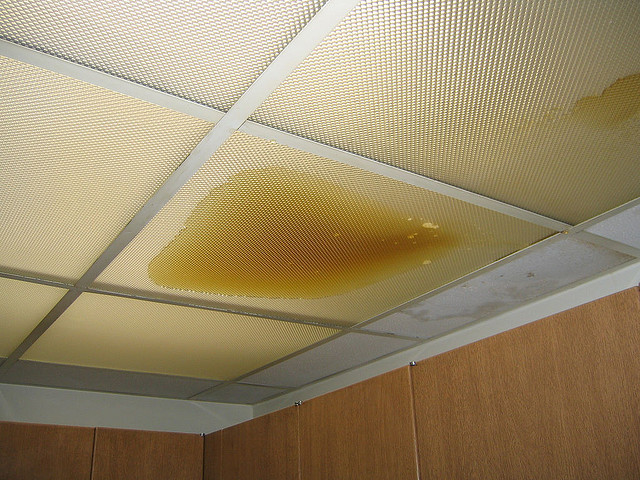Six Ways to Spot Covert Water Line Leaks Successfully
Six Ways to Spot Covert Water Line Leaks Successfully
Blog Article
What're your insights and beliefs on Finding hidden leaks?

Early detection of leaking water lines can mitigate a possible catastrophe. Some tiny water leakages may not be noticeable.
1. Analyze the Water Meter
Every home has a water meter. Inspecting it is a surefire way that aids you uncover leaks. For starters, switch off all the water resources. Guarantee nobody will purge, use the faucet, shower, run the washing device or dish washer. From there, go to the meter and watch if it will transform. Since nobody is using it, there ought to be no movements. If it moves, that shows a fast-moving leakage. If you spot no adjustments, wait a hr or 2 and inspect back once again. This implies you might have a slow leak that might also be below ground.
2. Inspect Water Usage
If you find abrupt modifications, despite your intake being the very same, it indicates that you have leaks in your plumbing system. A sudden spike in your expense suggests a fast-moving leakage.
A consistent increase every month, even with the very same behaviors, shows you have a sluggish leak that's also gradually rising. Call a plumber to extensively inspect your building, especially if you feel a warm area on your floor with piping below.
3. Do a Food Coloring Examination
When it involves water consumption, 30% comes from toilets. Examination to see if they are running appropriately. Decline specks of food color in the tank and also wait 10 minutes. There's a leakage in between the storage tank and dish if the color in some way infiltrates your dish during that time without flushing.
4. Asses Exterior Lines
Don't fail to remember to examine your exterior water lines as well. Must water permeate out of the link, you have a loosened rubber gasket. One small leakage can throw away heaps of water and also surge your water costs.
5. Evaluate the situation as well as inspect
Property owners ought to make it a behavior to examine under the sink counters as well as even inside cupboards for any bad odor or mold and mildew development. These two warnings suggest a leakage so punctual attention is called for. Doing routine examinations, also bi-annually, can conserve you from a significant problem.
If you know your home is currently old, maintain a careful eye on your heating systems, hose pipes, pipes and so on. Check for stainings as well as weakening as a lot of pipelines and also appliances have a life span. They will certainly likewise naturally weaken due to tear as well as wear. Don't wait for it to escalate if you believe dripping water lines in your plumbing system. Call a professional plumber right now so you don't end up with a dreadful mess in your home.
Early detection of leaking water lines can mitigate a prospective disaster. Some little water leaks may not be noticeable. Examining it is a guaranteed means that assists you uncover leaks. One small leakage can squander tons of water and surge your water bill.
If you presume dripping water lines in your plumbing system, don't wait for it to intensify.
WARNING SIGNS OF WATER LEAKAGE BEHIND THE WALL
PERSISTENT MUSTY ODORS
As water slowly drips from a leaky pipe inside the wall, flooring and sheetrock stay damp and develop an odor similar to wet cardboard. It generates a musty smell that can help you find hidden leaks.
MOLD IN UNUSUAL AREAS
Mold usually grows in wet areas like kitchens, baths and laundry rooms. If you spot the stuff on walls or baseboards in other rooms of the house, it’s a good indicator of undetected water leaks.
STAINS THAT GROW
When mold thrives around a leaky pipe, it sometimes takes hold on the inside surface of the affected wall. A growing stain on otherwise clean sheetrock is often your sign of a hidden plumbing problem.
PEELING OR BUBBLING WALLPAPER / PAINT
This clue is easy to miss in rooms that don’t get much use. When you see wallpaper separating along seams or paint bubbling or flaking off the wall, blame sheetrock that stays wet because of an undetected leak.
BUCKLED CEILINGS AND STAINED FLOORS
If ceilings or floors in bathrooms, kitchens or laundry areas develop structural problems, don’t rule out constant damp inside the walls. Wet sheetrock can affect adjacent framing, flooring and ceilings.
https://www.servicemasterbyzaba.com/blog/how-to-detect-water-leakage-in-walls/

Hopefully you enjoyed our part on Finding hidden leaks. Thanks so much for spending some time to browse our piece of content. Appreciated our content? Please share it. Help someone else check it out. Bless you for your time. Kindly pay a visit to our website back soon.
Tailored emergency solutions; call now. Report this page